Old homes certainly have charm, but often that charm comes with some distinctive downsides. A common problem among those downsides is a lack of ductwork. So, you are wondering what your air conditioning options are when there is no ductwork. Well, in this post, we combine industry professional knowledge and up-to-date research to answer your question thoroughly.
In an old home (or a new home) without ductwork, your main air conditioning options are as follows:
- Mini-Split Ductless Heat Pump
- Window Air Conditioner
- Adding Ductwork
- Traditional Ductwork
- High-Velocity Systems
Keep reading the rest of this post for a rundown of the considerations for each of the above bullet points. To begin, we cover why ductwork is essential to central air systems. Overall, this guide functions as an excellent primer to help you make your air conditioning retrofit decision. To conclude, we answer a question related to this topic of this post.

Can you put central air in a house without ductwork?
The modern standard for home air conditioning is central air. The very nature of these systems requires ductwork.
This is because the units generate a great deal of conditioned air. To be efficient, that air needs to have a mechanism to reach all the rooms and floors of your home.
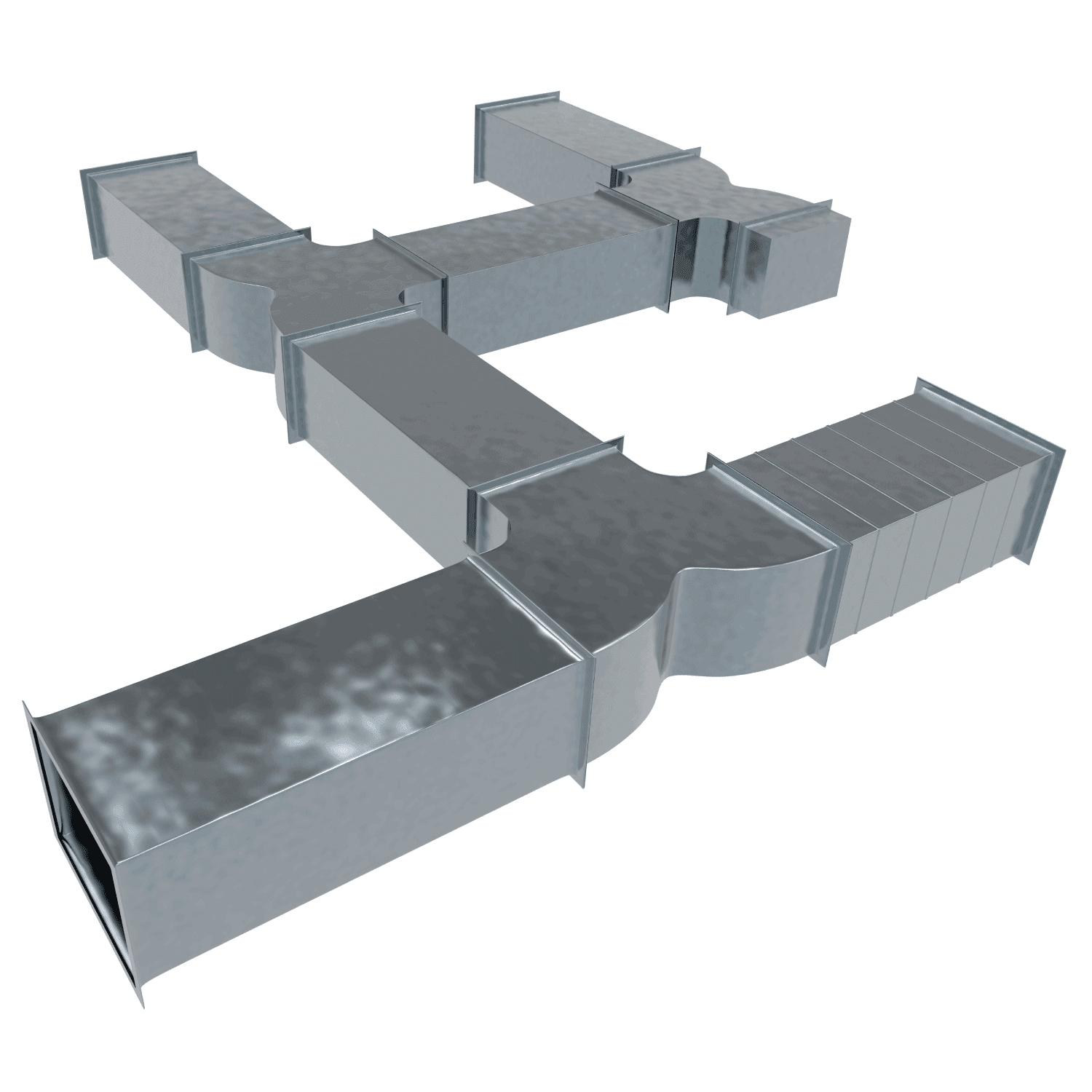
If you were to install a central air conditioning system without ductwork, the system would pump out cold air at the same rate as though there was ductwork.
Unfortunately, this air would overpressurize the furnace room, would seep out into adjacent rooms, and eventually force its way outside of your home. The distant parts of your home would receive hardly any cool air at all.
Therefore, a central air system without ductwork would provide some cool air to your home. However, it would also cool the great outdoors. This inefficiency is why central air systems require ductwork to function correctly.
Air Conditioning Options for Old Homes Without Ductwork
Fortunately, there are several options for heating an old house that does not have ductwork. Each option comes with a different price point and a different level of home invasiveness. We discuss the primary options in the below sub-sections.
Mini-Split Ductless Heat Pump
Mini-split ductless heat pumps are relatively modern systems that, despite their name, produce both heat and cold depending on the season.
In fact, and according to this page from the US Department of Energy, this versatility and their efficiency are their two major advantages.
These systems have both an indoor head unit and an outdoor unit connected by hoses and conduits. The indoor system blows air and acts as the thermostat, while the outdoor unit serves as the heat exchanger.
The indoor unit is usually white, goes up on a wall, and is about 1.5" tall by 4.5" long.
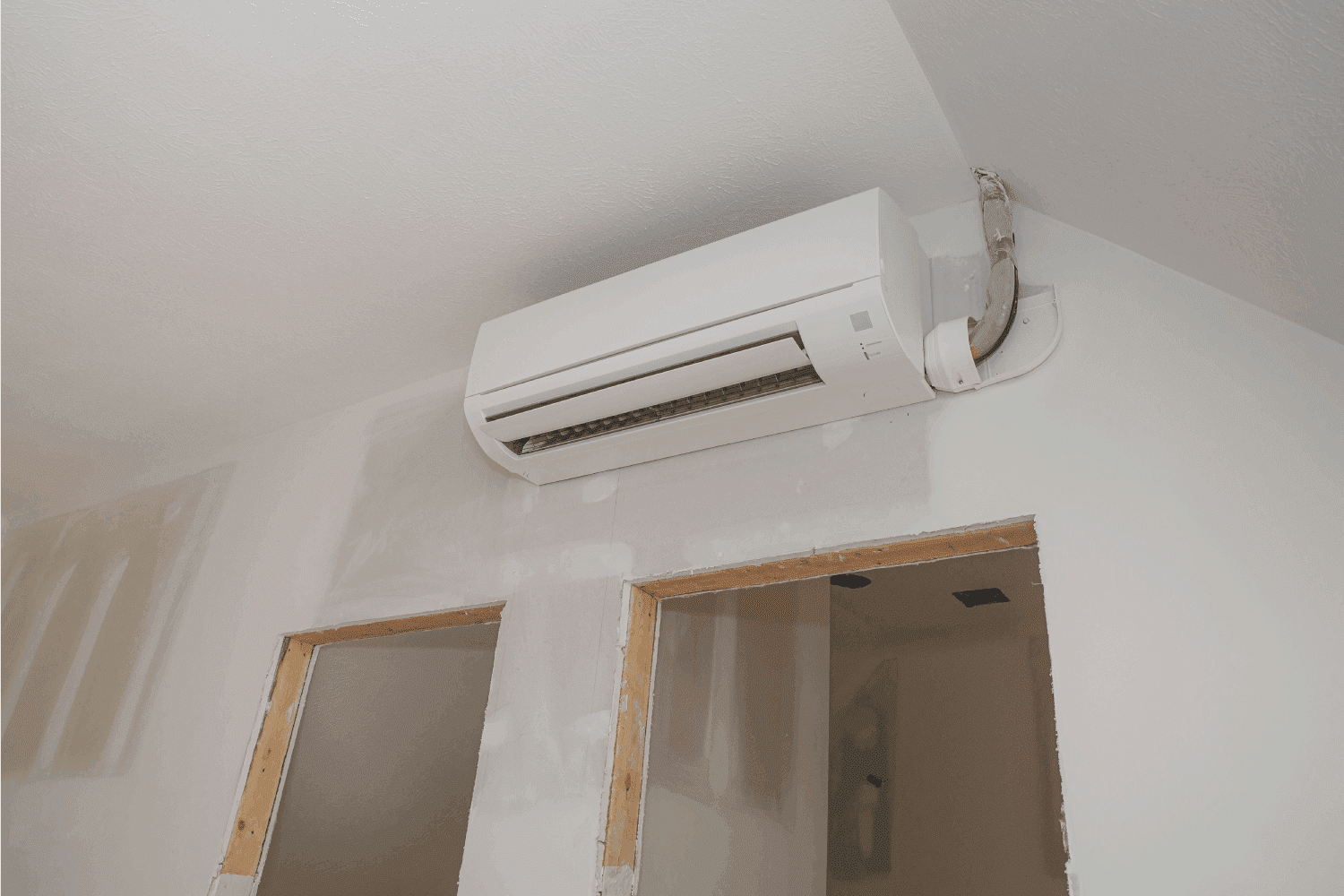
The miracle of these systems is that they are over 100% efficient. This means that they will produce more cold air (or hot air) than the electricity they require to operate.
The downside of ductless heat pumps is they are relatively expensive and have limited reach.
The indoor unit only points in one direction, so it can usually only heat a few rooms or a single floor of a smaller house. One option is that a system can be installed that has more than one indoor head.
The true cost and limitations of a mini-split ductless heat pump vary greatly based on the layout and size of your home. To understand your options, you will need to call an HVAC company to visit your house, draw a bid, and discuss options.
Window Air Conditioner
Window air conditions, sometimes colloquially known as "window shakers," are mounted in a window or have an attached air hose that fits in a window. The window attachment is critical as a means of pumping the 'hot' out of the home.
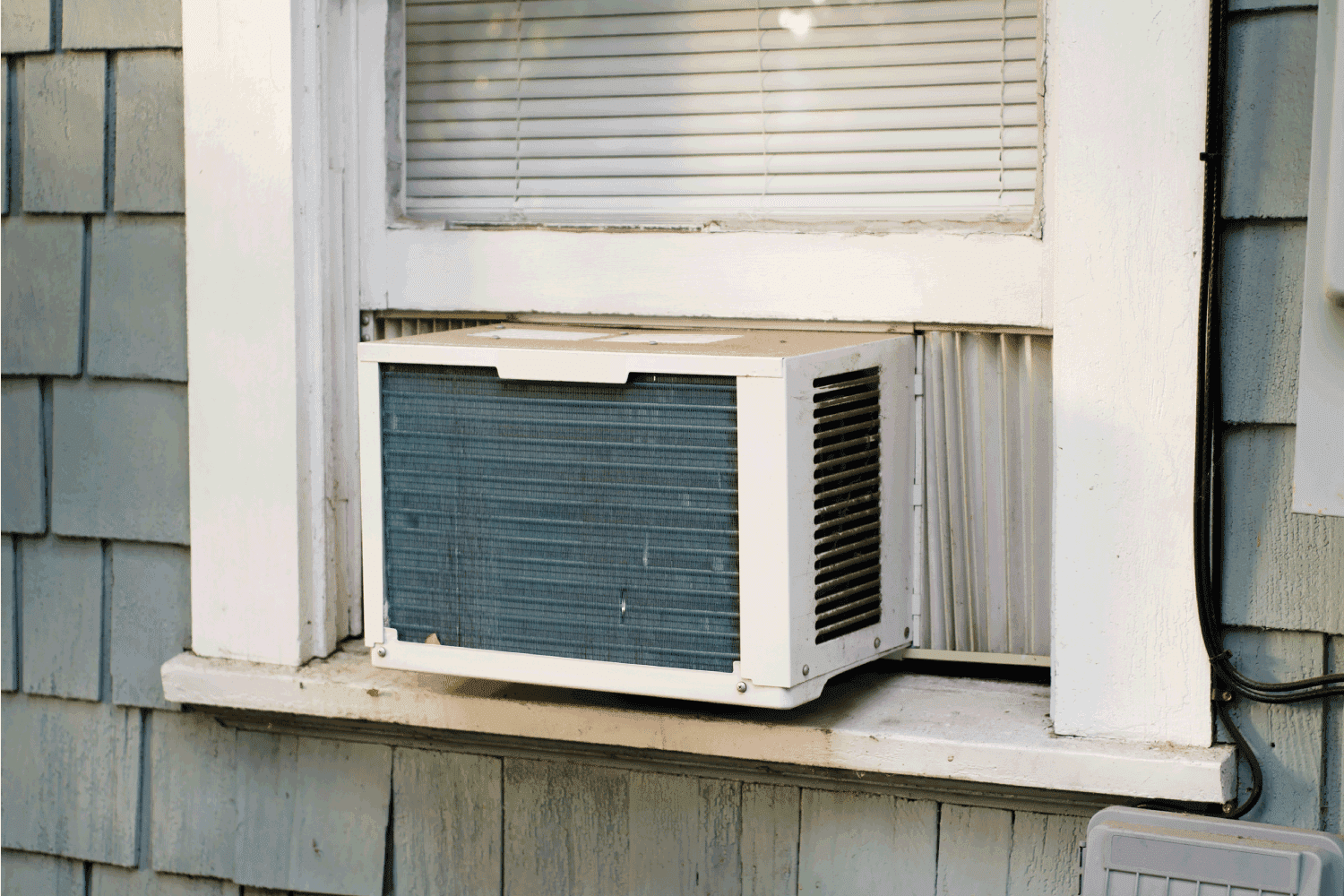
These units are relatively affordable and come in a wide variety of sizes and styles. Be sure to match the unit you buy to the size of the room or rooms that you hope to cool with it.
Are window AC units efficient?
The answer to this question is—it depends. Window AC units are efficient in that they only cool the room that they are placed in. This can be efficient because you do not cool rooms that are not used or need as much cooling.
On the other hand, window AC units pump all of their conditioned air to a single place in a room. This means it might be cold next to the unit but warm or hot on the opposite side of the room.
Further, window AC technology is not as efficient as heat pump technology. This means that for every kWh of electricity it uses, window AC units make less cold air than ductless heat pumps.
Finally, window AC units are much more efficient if you are very careful in how you seal the window around them. The better the air sealing, the more efficient the unit will work.
Do I need a window AC unit for each room?
Whether or not you need a window AC unit for each room depends on the size of the units, the layout of your home, and the use your home sees.
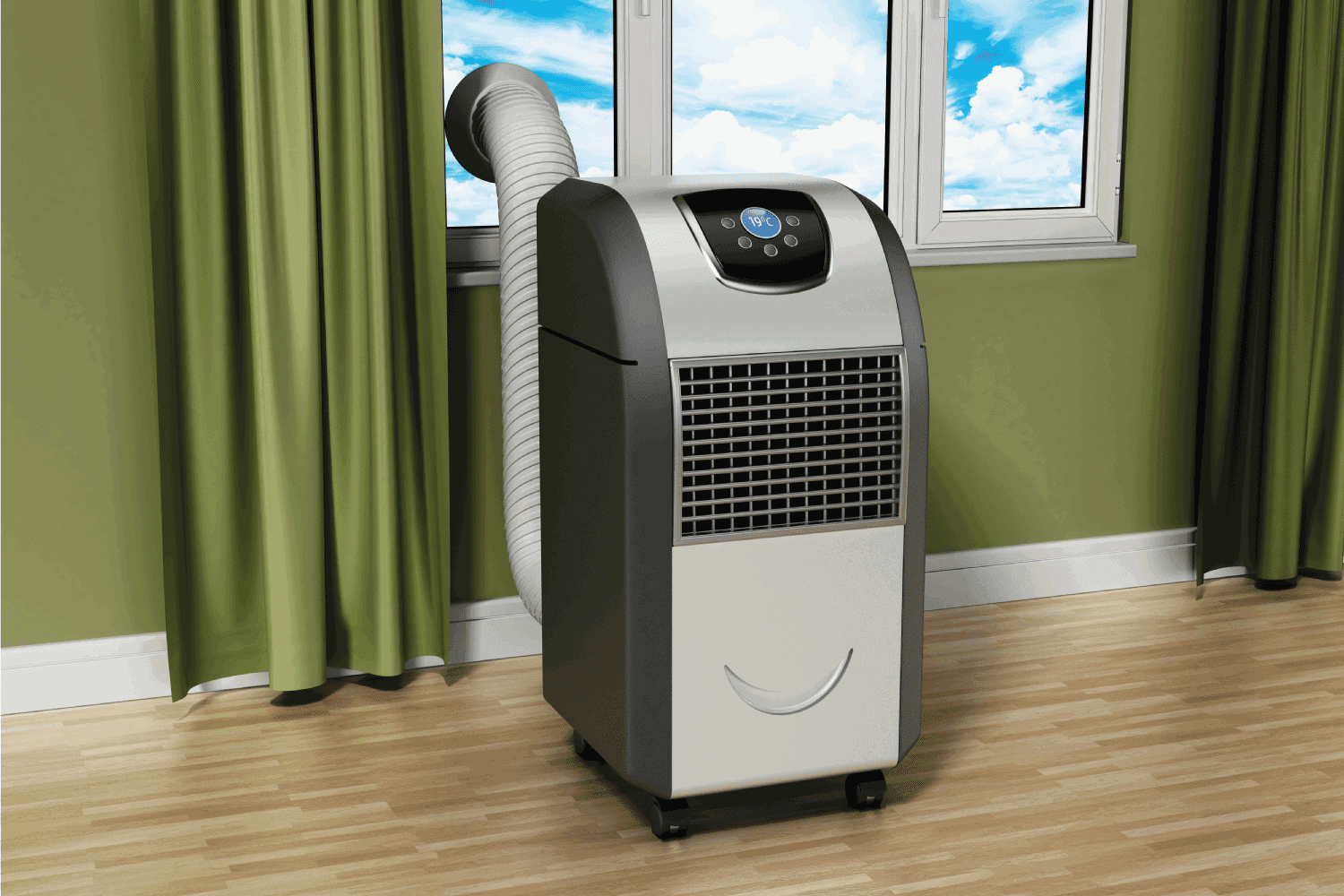
For some situations, such as an open floorplan between a living room and a kitchen, you may not need an AC unit for every room. As long as the AC unit is big enough and corners or doors do not obstruct adjacent rooms, a single unit can heat a large space.
However, window AC units will max out at the square footage they are designed for (as advertised on their packaging).
The above recommendation touches on the importance of floor plans. Essentially, window AC units only point in one direction. This means the cold air they produce is not good at moving around doorways or down adjacent hallways to other rooms.
Another consideration is whether all rooms are used. For instance, it does not make sense to cool a room that does not see use. Instead, close the door to that room and cool the rest of the house.
Adding Ductwork
The final option for cooling an unducted house is to add ductwork. There are two types of duct systems that you can consider: traditional ductwork and high-velocity ducted system. These are considered in the following subsections.
Traditional Ductwork
Traditional ductwork is relatively large, the smallest options being about 6" round. To install this in an existing house is usually expensive and invasive. This degree of difficulty depends on the size and layout of your home.
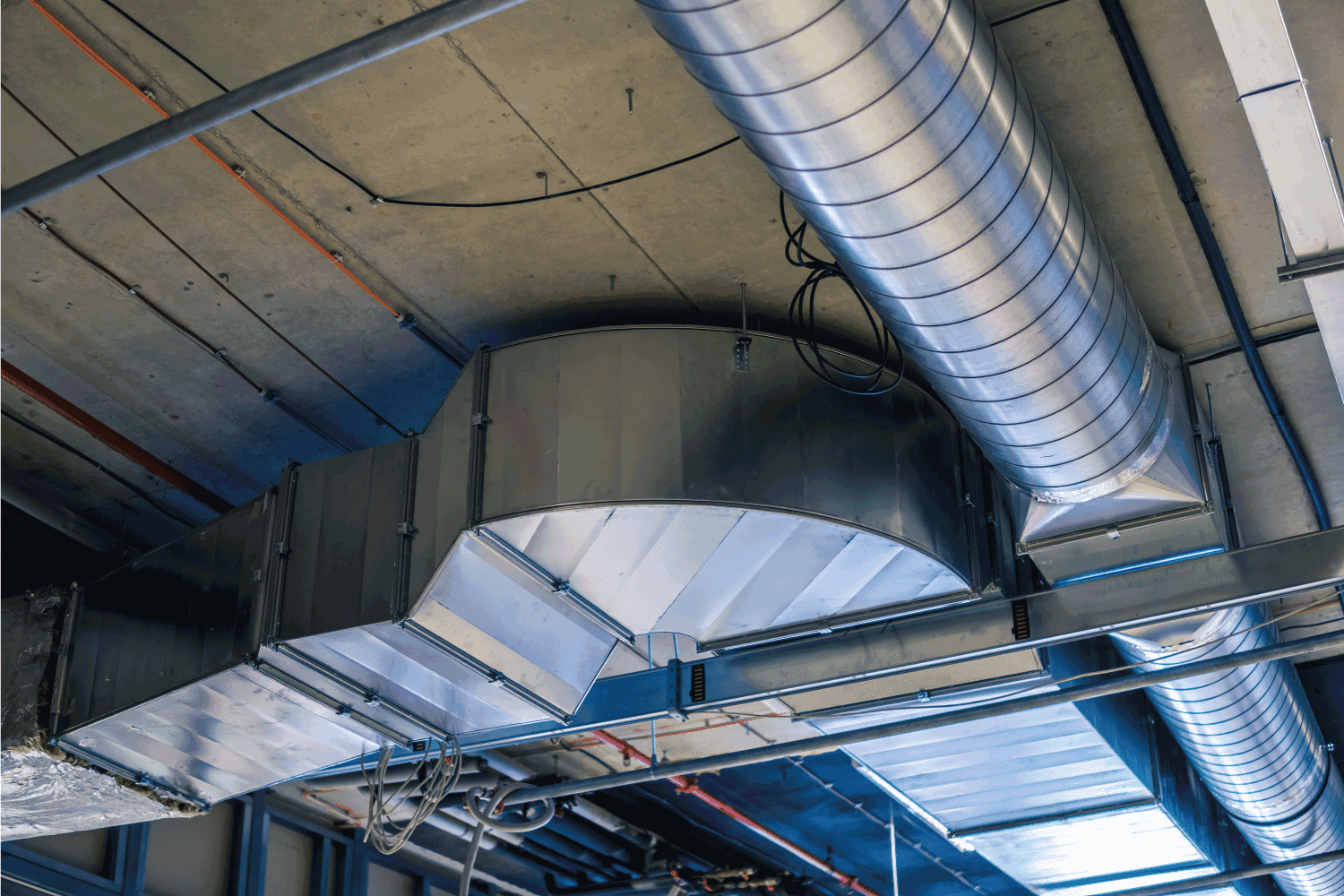
In some situations, such as single-story homes over a large crawlspace or basement, adding ductwork is more feasible and affordable. However, if you have an expansive home with a tight crawl, no crawl, and two or more floors, the process becomes much more difficult.
Generally, adding ductwork through existing living space requires building soffits, demolishing and rebuilding walls, and other invasive problems.
High-Velocity Systems
High-velocity systems combine special ductwork and air handlers. They are designed to fit as retrofits in already constructed framing. They accomplish this through the use of very powerful blowers and 2" ducts.
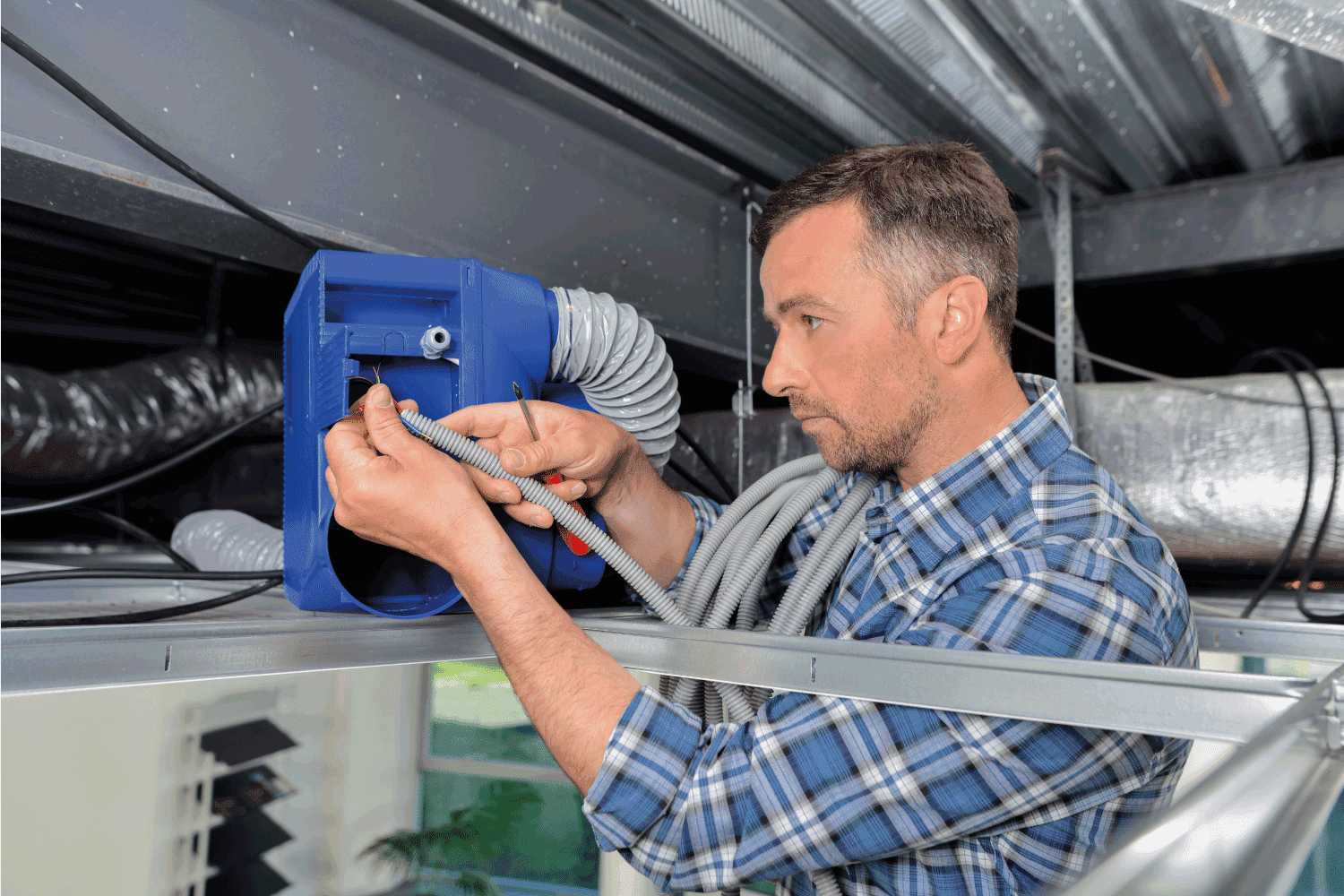
Because the ducts are so small, they fit within the already constructed walls of your home. Further, the blowers for these systems are relatively compact, so generally will fit in a home location that is out of the way and unobtrusive.
How much does it cost to install ductwork in an old house?
The cost of a ductwork retrofit varies greatly depending on home size, home construction, the type of ducts, local wages and material costs, and the type of AC unit you are interested in. Generally, expect to pay between $3,000 and $12,000 for this project.
However, to get a much more accurate cost of adding ducts to your home, call an HVAC company to draw up a bid. Usually, the cost of the bid is free.
Is it cheaper to run the house fan or the AC?
Whether it is cheaper to run the house fan or the AC depends on your goal. Generally, fans require much less energy to run than AC units. However, house fans are much less effective at actually cooling your home.
So, while running the house fan will certainly be cheaper, running an AC unit is the only feasible choice if your goal is to cool the house.
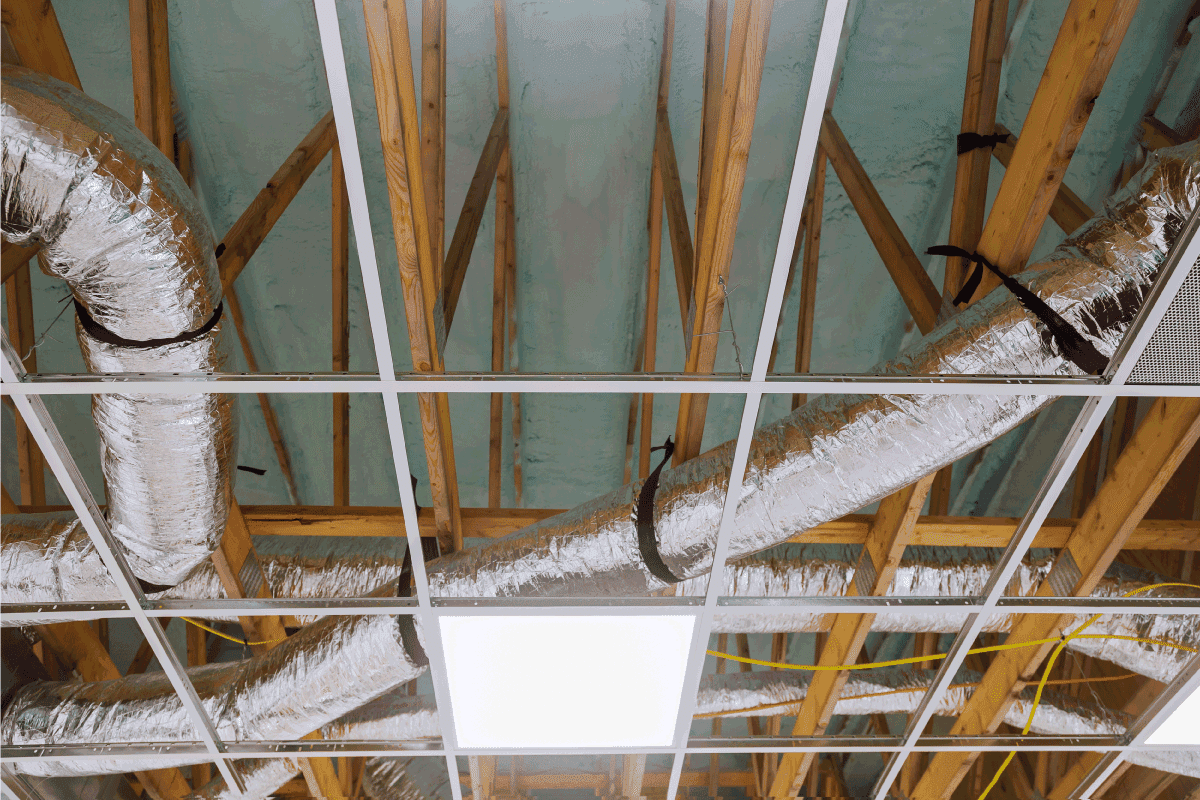
In Closing
In this post, we answered how to cool an old home that does not have existing ductwork. We include several different techniques to accomplish this goal.
To learn more about home AC options and considerations, read these other HVAC Seer articles:
Where To Place An Evaporative Humidifier
